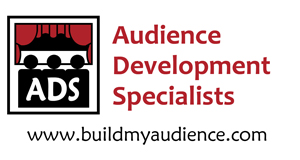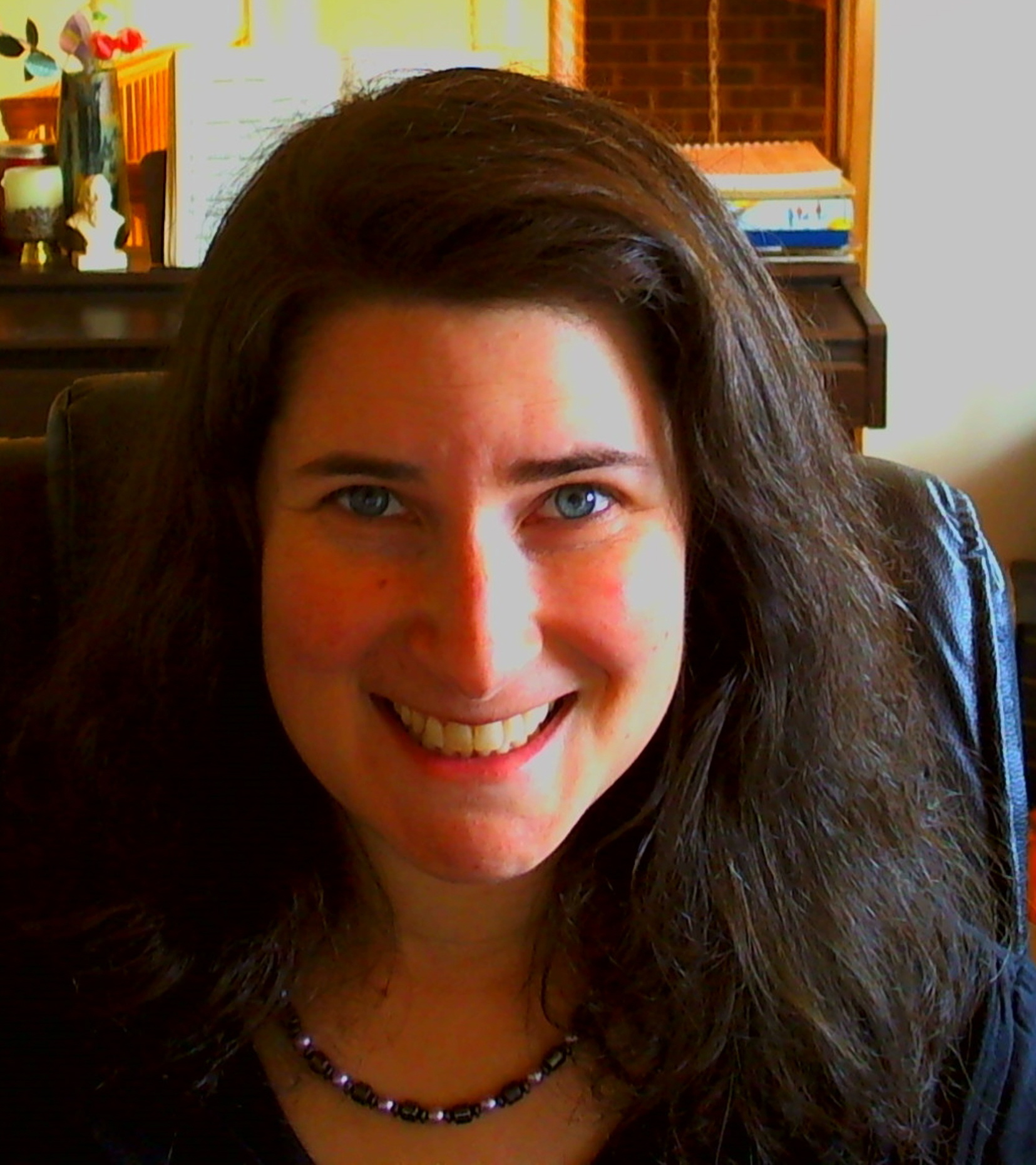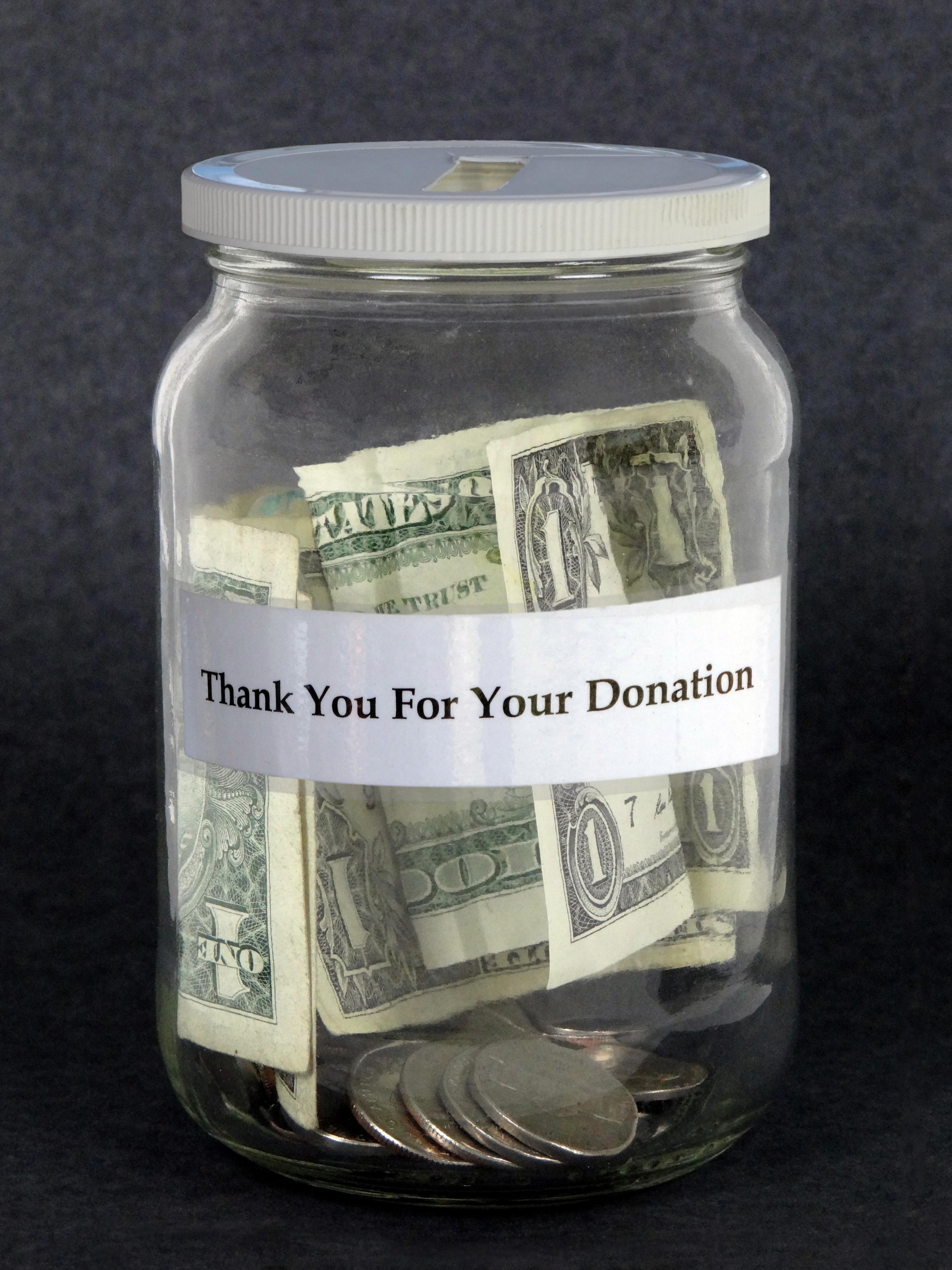Crowdfunding has become a viable resource for raising the funds that you need as an artist and arts organization for your particular projects. It is also a great audience development tool. With crowdfunding, you are asking for support from your audience, and it is a great way to find out who in your audience is ready to become more involved with supporting your art!
I was researching for a client to find the right crowdfunding resource for her specific project and set of circumstances. You may have heard of Kickstarter, RocketHub, IndieGoGo, but have you heard of some of the lesser known such as ChipIn, GoFundMe, and Kapipal? But wait, there is more! I found the motherload of crowdfunding lists today, and yes, I am going to share it with you (all sources that are mentioned are on this list).
Welcome to The Crowdfunding Wiki!
There are so many sources out there for specific needs. There are options that are specific to the type of artist you are (film, music, play production). Some of these resources are strictly for non-profits while some are open to all individuals with project ideas and needs. Some have time limitations and other limitations such as needing to make your goal before you collect any of the funds, but some don’t have strict limitations. Some charge for the service, but get this, some are actually free to use (minus processing fees for PayPal).
With all the options out there, how do you figure out which source is best for you or your organization? I would start by making a list of your needs. You may want to consider the following:
1. Are there age, location restrictions?
2. What are the fees or is it free?
3. Can you collect using a variety of currencies?
4. Do you need a PayPal account or not?
5. Are there limitations to how much you can raise?
6. Do you need to raise the full goal amount to receive the money or not? Are there extra fees if not?
7. Are there limitations on time limits for raising funds?
8. Do you need to set up gifts for levels of donations? You will need to budget if so.
9. Can anyone use the resource or is it strictly for 501c3 nonprofits?
10. Can you use the money right away or do you need to wait for the deadline? Some resources allow you to use funds right away!
11. Do they have resources to help you spread the word: website, widgets, FB, Twitter, YouTube capabilities?
12. Is it easy for your donor to use?
For example, my client, who happens to be an international musician, she needed a source that could handle different types of currencies and the ability to use without any address restrictions (since some require you to live in a certain region to use). We also needed a resource that did not require prizes at each level to cut down on overhead costs. Lastly, we were hoping to find a resource that was free to use, but still had the ease of connecting with social media and the ability to use digital media to outreach. After researching this long list, I was able to narrow it down to two possibilities that fit her exact requirements.
For organizations and artists with long term goals, there are some interesting ones out there. One that I found that has great potential is Give.fm. This site allows donors to micro-give by increments as minimal as $.10 a day. They can create a portfolio of causes to give to or simply give a certain amount to one main cause. This site allows anyone at any income to donate to your cause. It does cost $5/month/campaign, but for $60, it looks like there is potential to raise more than enough to cover that and your projects.
There are simply too many resources out there to cover all of them in this little ol’ blog, but if you make your list and check it twice, you can research to find the exact crowdfunding resource that will be user friendly for your supporters in order for them to help make your projects come to life!
Cheers to happy and loyal audiences,
Shoshana
Shoshana Fanizza
Audience Development Specialists
https://www.buildmyaudience.com
“Never treat your audience as customers, always as partners.”
~James Stewart






great article! I’m a big fan of crowdfunding and used RocketHub (after a couple of false starts at Kickstarter) to finish my new CD, At What Age. I think that, used properly, crowdfunding can be a major part of an artist’s operating strategy. One very important thing I learned in this process was that I needed to know how much my fanbase could support. My initial funding attempts failed because I was asking for too much money. After my second try, I decided to lower my target amount considerably, based on the amount pledged during the unsuccessful campaigns.
By the way, I loved working with the Kickstarter folks and would gladly do so again. I went to RocketHub (who are also fantastic guys) because my label (ARC, the Artists Recording Collective) was doing some other things with them as well.
[…] there are many other options out there to start a crowdfunding campaign. Please see my past post Choosing the right Crowdfunding is good Audience Development for suggestions on how to choose the right option for […]
Great post 🙂 I’ve used several platforms for different reasons, both as a donor and as a fundraiser – and you’re completely right that it’s a matter of matching your project’s details, the project’s main target audience, and the platform that best fits that. As there are now literally hundreds of crowdfunding sites you can pick sites that are local verus international, that are specifically targeted versus for a broad audience, different business models and fee structures, etc. One to add to your list is Village Raised, for schools & kids organisations 🙂
Hi Luci,
Thank you for stopping by! When I found that Wiki list, my mind was literally blown. There are so many options! Thank you for letting us know about Village Raised and best to you and your organization!
That is a good wiki, though if you really want your mind blown check out http://www.crowdsourcing.org/directory – they list pretty much every single one (hundreds!), though they don’t have the handy comparision that the wiki does so the wiki is probably more useful in some ways 🙂